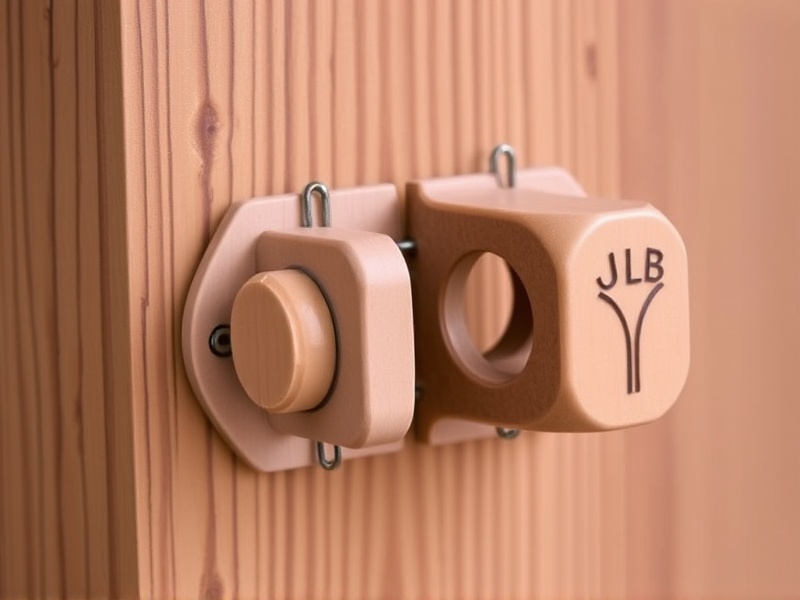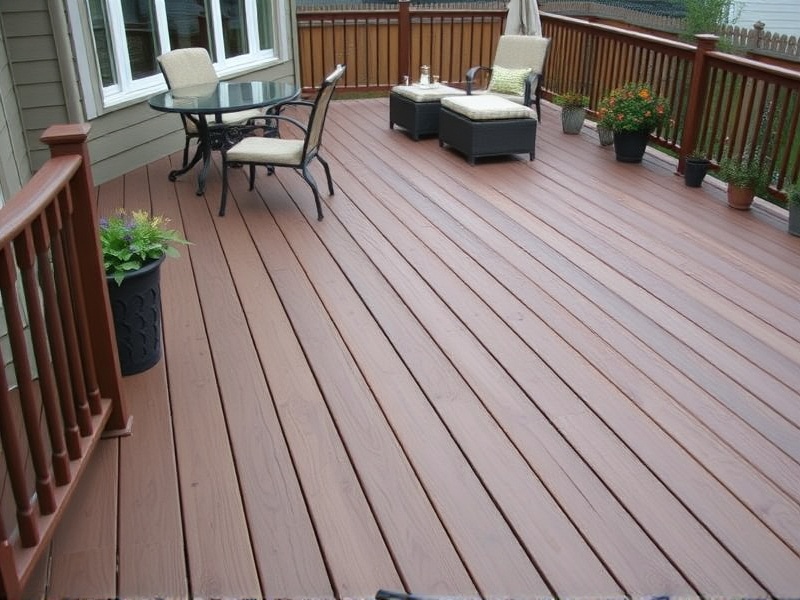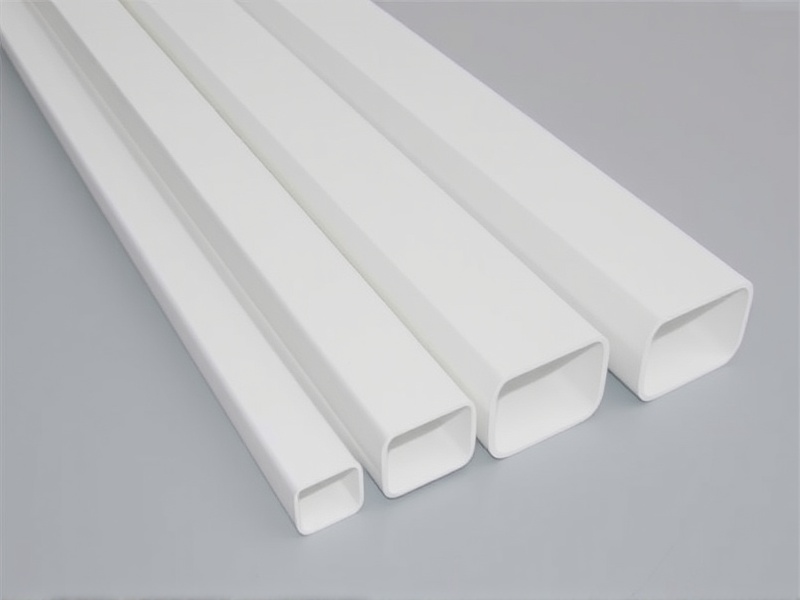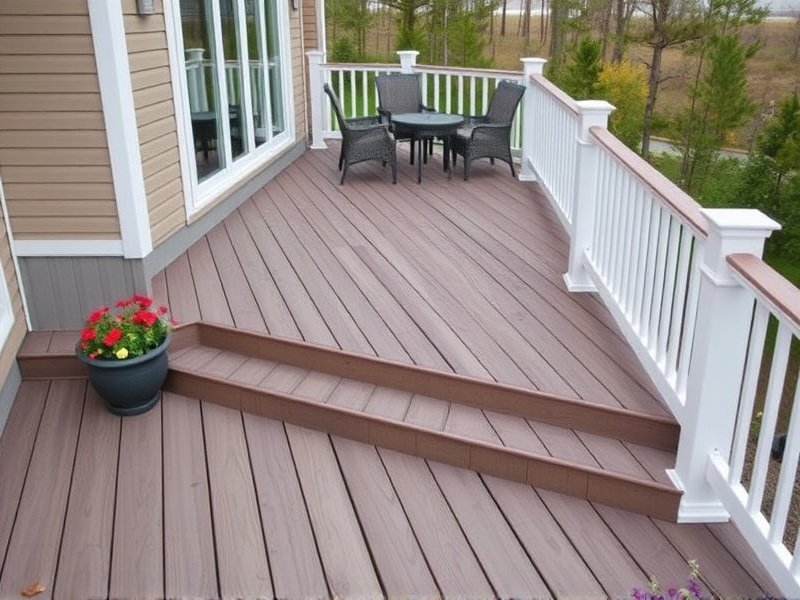wpc zaunbretter nut und feder
Introduction to WPC Zaunbretter
WPC (Wood Plastic Composite) Zaunbretter, or wooden plastic composite fence boards, have gained popularity due to their durability, low maintenance, and eco-friendly nature. These fence boards combine wood fibers with plastic polymers to create a material that is both strong and resistant to weathering. Understanding the components that make up these fence boards is essential for anyone looking to install or maintain them. In this article, we will delve into two key components: “Nut” and “Feder,” which play crucial roles in enhancing the performance of WPC Zaunbretter.
The Function and Benefits of Nut in WPC Zaunbretter
“Nut” in the context of WPC Zaunbretter typically refers to a type of fastener or fitting used to secure parts together. In many cases, nuts are used in conjunction with bolts to create a robust connection between different sections of the fence. This component ensures that the fence remains stable and secure even under adverse weather conditions. The use of nuts offers several benefits:
- Strength and Stability: Nuts provide additional strength by tightening the connection, ensuring that the fence does not wobble or become loose over time.
- Weather Resistance: When properly installed, nuts can help prevent water from seeping into the connections, reducing the risk of rust and decay.
- Maintenance: Since nuts can be easily tightened if they become loose, they reduce the need for frequent repairs and maintenance.
For more detailed information on nuts and their applications, refer to this resource.
The Role and Advantages of Feder in WPC Zaunbretter
“Feder” translates to “spring” in English and is another important component in WPC Zaunbretter. Springs are often used in various parts of the fence to provide elasticity and flexibility. They are particularly useful in absorbing shocks and vibrations, which helps to distribute stress evenly across the structure. The benefits of using feder include:
- Shock Absorption: Springs can absorb impacts from external forces such as wind or falling debris, protecting the integrity of the fence.
- Enhanced Durability: By distributing stress, springs can increase the lifespan of the fence by reducing wear and tear on individual components.
- Aesthetic Appeal: The flexibility provided by feder can also contribute to a more aesthetically pleasing fence, as it allows for some movement without compromising stability.
To learn more about the mechanics of springs in construction, see this engineering reference.
How Nut and Feder Enhance the Performance of WPC Zaunbretter
The combination of nuts and feder significantly enhances the overall performance of WPC Zaunbretter. While nuts ensure structural integrity and stability, feder adds a layer of flexibility and shock absorption. Together, they create a fence that is not only durable but also resilient against environmental factors. This dual approach ensures that the fence remains functional and attractive for years, even in challenging weather conditions.
Conclusion
Understanding the role of components like “nut” and “feder” in WPC Zaunbretter is crucial for anyone involved in the installation or maintenance of these fences. These elements work together to provide a stable, flexible, and long-lasting fence that meets the demands of modern outdoor living. By choosing high-quality materials and understanding their functions, you can ensure that your WPC Zaunbretter will stand the test of time.






Reviews
There are no reviews yet.